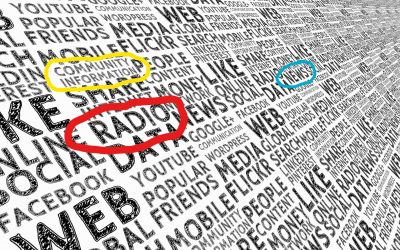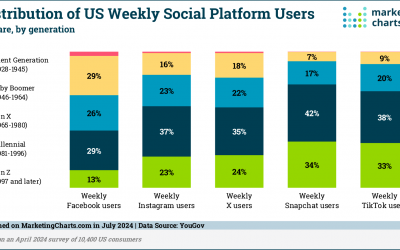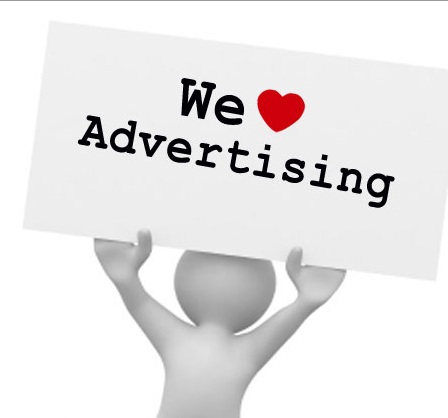This Labor Day week, I'm sharing a recent Sound ADvice newsletter that my subscribers received recently about communication: There’s an old story about a group of big-city folks who went on a bus tour to Henry’s Farm where they worked all day in the fields to...
Marketing and Advertising Insights
Lessons to Learn from Proctor & Gamble
Today's article is going to break my usual self-imposed 10 minute rule. Nearly every article on my website and podcast episodes are under 10 minutes in length. This one is longer because I want you to get all the information and understand why it's valid. We'll...
Generational Changes and Media Use
Frequently I've pushed back against generational stereotypes with the simple premise that activities and behaviors that are being assigned and labeled according to what generation a person is, are really due to lifestyle and life-stage. And while many of that is still...
What Not to Expect from your Advertising
There are a lot of misconceptions about advertising that I find myself addressing repeatedly especially with new business people who ae taking their first steps into an advertising investment. Last month I read a column in Radio Ink by Pat Bryson that I'm going to use...
Planning In Advance
Most of us plan in advance. Not everything, but even the least organized and most impulsive have a tiny bit of planning that they do. Could be as simple as having clean clothes, or paying a bill. Or it's a routine that you follow that could count as planning. I've...
Are You Too Close?
Last weeks Sound ADvice newsletter was too good to only share via email: You’ve heard the old expression about being too close to the forest to see the trees? As a business owner, it’s easy to fall into this trap. You have a lot going on and a lot of different things...
6 Keys To Successful Advertising
6 Keys to Successful Advertising: Most businesses don’t really understand how advertising works. Even the ones that are advertising successfully are not understanding the why behind their advertising success and so they just happen to be doing enough of the right...
The Message vs The Media
This weeks article is from a recent Sound ADvice newsletter that my subscribers received this summer. If you would like a free weekly subscription, email Scott@WOWO.com. In the never-ending maze of online media, on-air media, outdoor media, direct mail, and print...
Should You Do A Holiday Sale?
A funny thing about retailers having sales... it might be counterproductive. The week I am publishing this article and podcast is the 1st week of July 2024 although I'm actually writing this on June 20th. Today when I checked the mail I saw a piece of junk mail from a...









